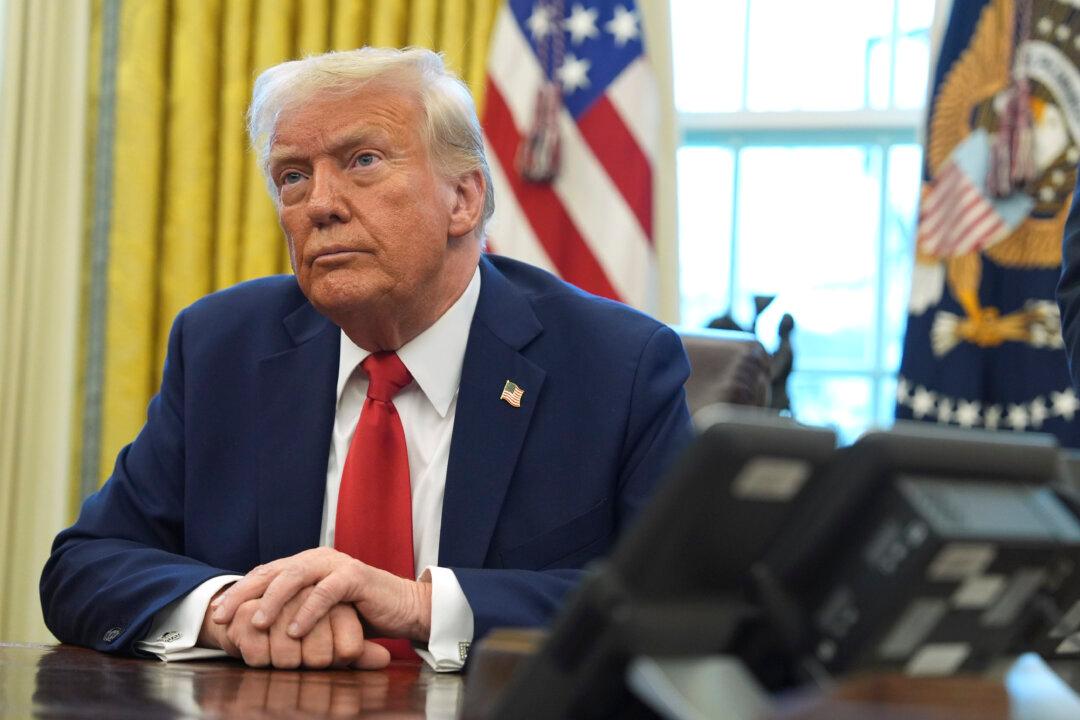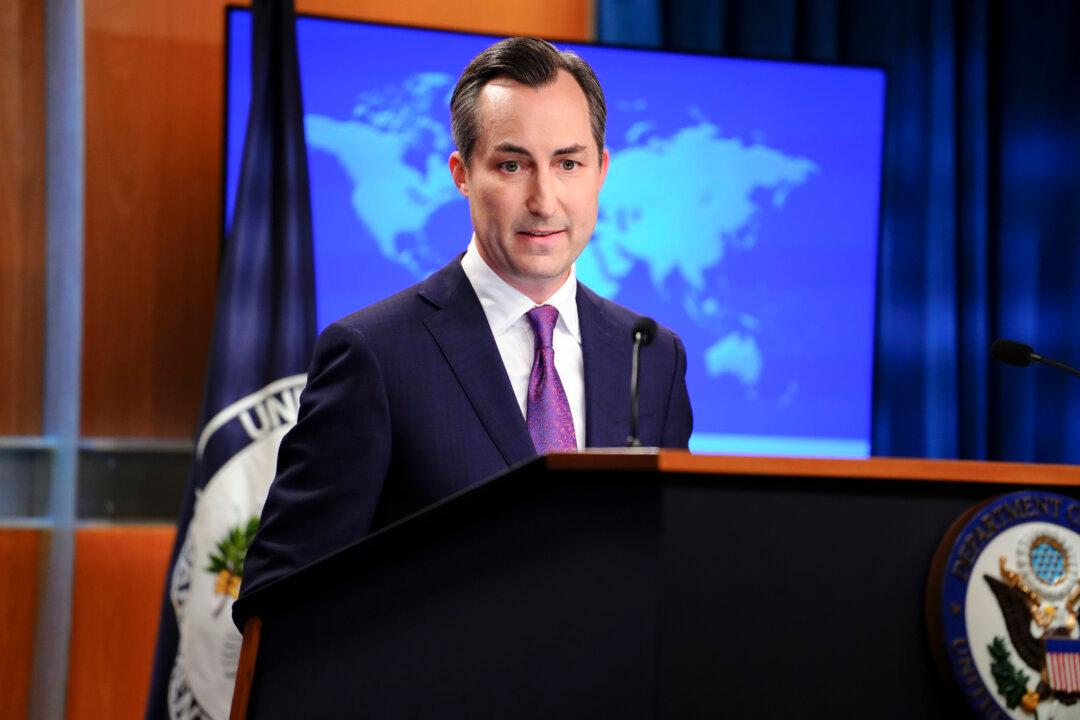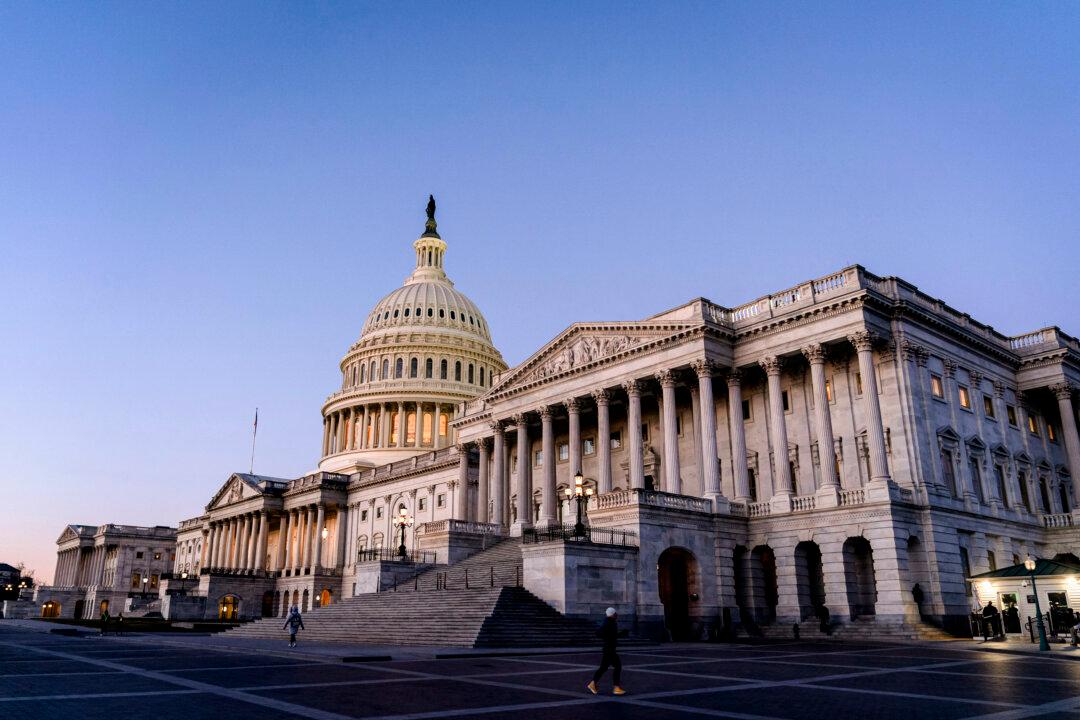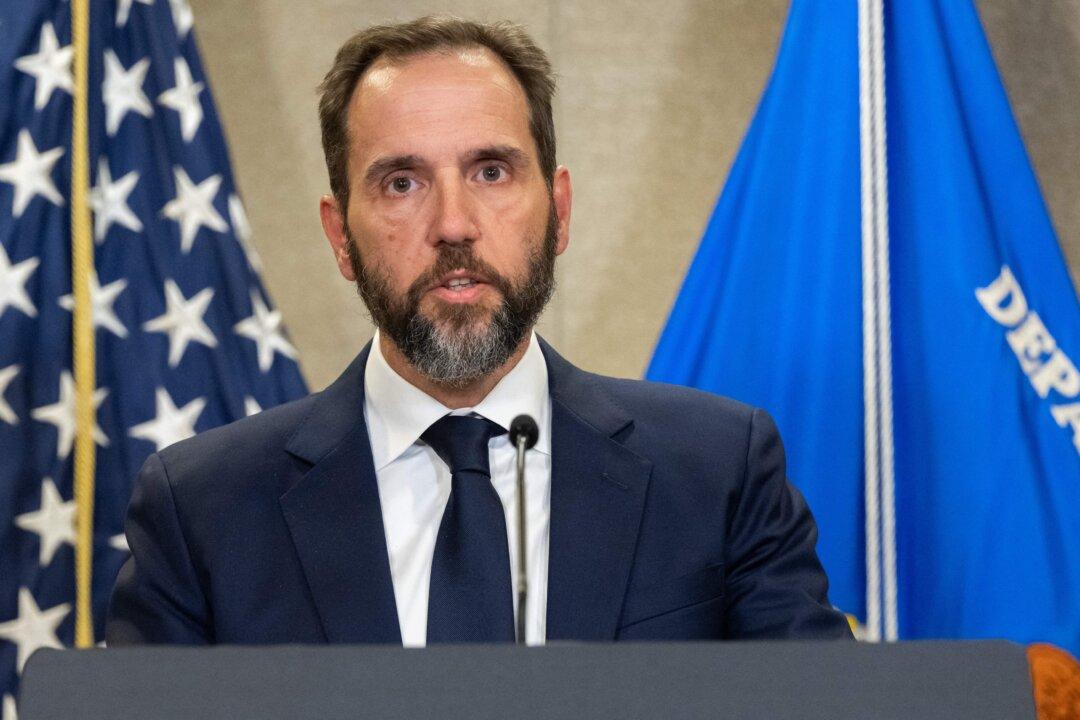U.S. President Donald Trump said June 6 that he would make a final decision on whether to impose tariffs on more Chinese goods after he meets with Chinese leader Xi Jinping at the G20 meeting in Japan later this month.
Trump earlier that day indicated that tariffs could be forthcoming on “at least” $300 billion of Chinese goods, but said he thought China wanted to make a deal with the United States.




